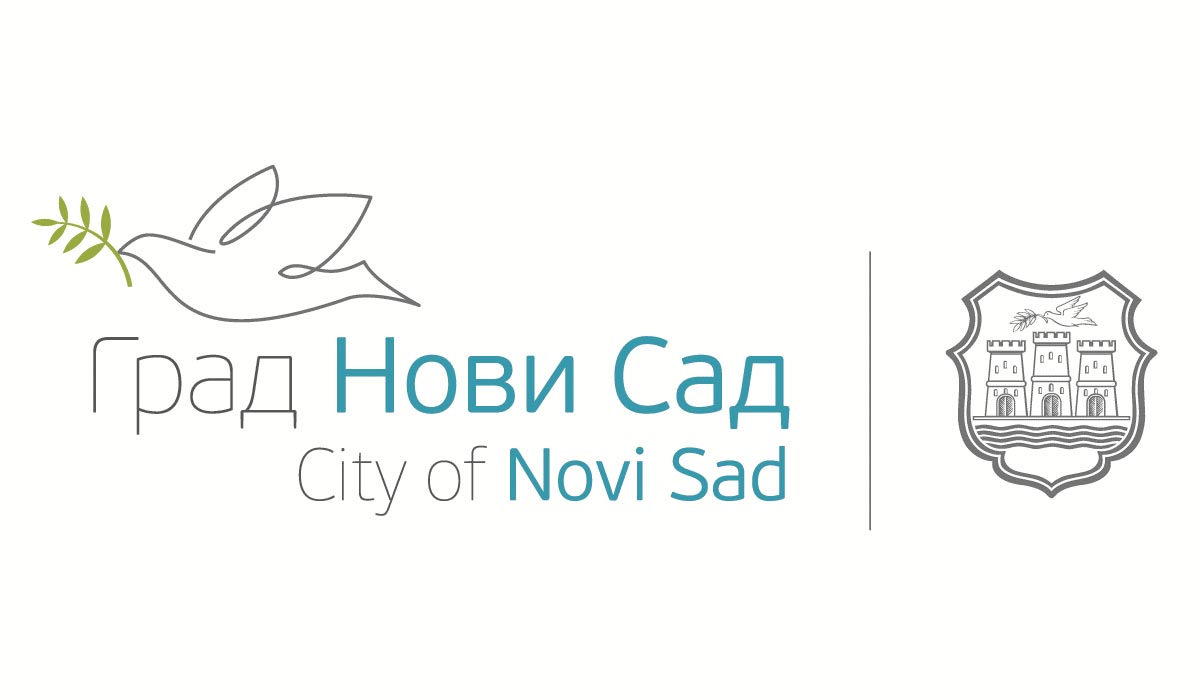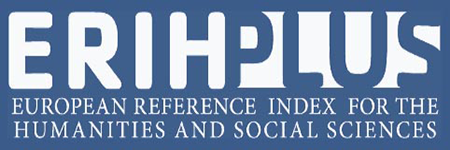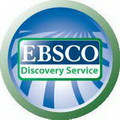FORMING A NEW CONCEPT OF TEACHING HISTORY IN ELEMENTARY SCHOOLS IN SERBIA (1948–1952)
Keywords:
Yugoslavia, Serbia, the Communist Party of Yugoslavia, educational policy, history teaching, textbooks, elementary school
Abstract
The highest representatives of the authorities in Yugoslavia and Serbia after the World War II were dissatisfied with the elementary school teaching, including the history teaching. Therefore, there were attempts to thoroughly align elementary education with the proclaimed goals of the social development. Taking into consideration the importance given to the history teaching, it was evident that it got a major role in the creation of a new historical awareness in accordance with the new ideological model and the national politics. Concerning the expert issues, the main problems were in designing of curricula, where there were demonstrated differences among the republics in the methodical approach to the history teaching in elementary schools. In January 1948, Committee for Schools and Science within the FNRY Government organized a conference on elementary school teaching, in Belgrade. Curricula for elementary schools, including the history teaching, were among the main topics of the conference. Within the history teaching, there were differences in the arrangement of lessons (progressive chronological or concentric circles), the scope and nature of historical teaching material, and some other issues. Dissatisfaction with the history teaching in elementary schools, primarily with its "conceptuality", was presented at the Fifth Congress of the Communist Party of Yugoslavia in July 1948. However, by 1952 the concept of the history teaching was fully established in the curricula, both in its content and the methodological-didactic sense. The same year, there were published the first elementary-school history textbooks, which provided a complete and relatively consistent view of history, especially the most recent one. There was established a concept according to which the focus of the history was on the present, which was a guideline for the future, while the most recent past was used mainly as a negative example.Downloads
Download data is not yet available.
Issue
Section
Articles












